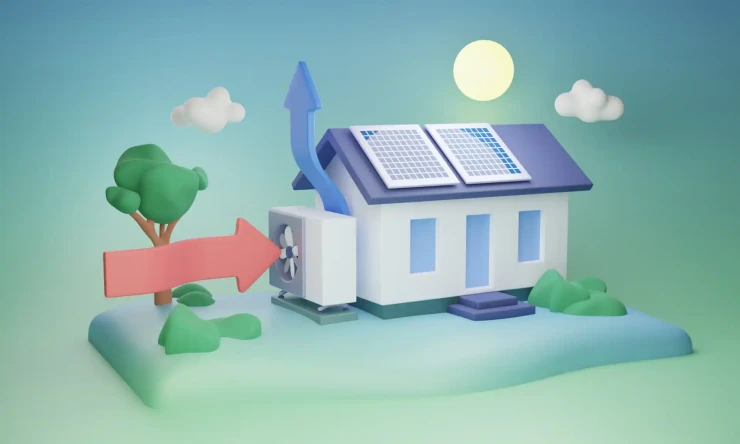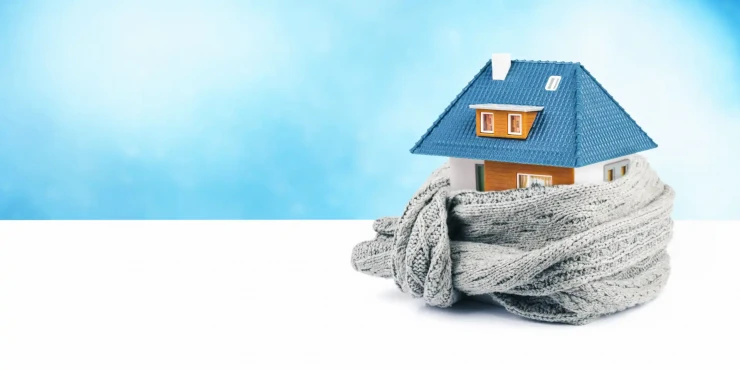Sustainable building design enables engineers and architects to develop strategies that are better for the environment and built with lasting positive effects in mind. Not only are these buildings better for the planet but they’re healthier for natural habitats and the people using them. There are several elements to sustainable building design, from resource conservation and reducing the need for fossil fuel power to making the best use of the available space. Here, we take a look at what sustainable building design includes and what it means to design a green building, and what factors designers need to take into consideration moving forward.
What does sustainable building design mean?
Sustainable building design is defined as one which has as little impact on the environment as possible. It’s a design practice that’s always evolving and it takes into account various components, from construction and maintenance to renovation and demolition. Sustainable buildings are designed in keeping with their surrounding environment as much as possible too, whether that’s using eco-friendly materials or implementing green energy methods. Ultimately, the structure should serve as a producer rather than a consumer of resources to preserve what we have for the future.
Sustainable building design is incredibly important, now more than ever. The rise in construction, from new residential buildings to accommodate our growing population to office buildings or refurbishments to existing structures, has resulted in our natural habitats diminishing. Put simply, our planet can’t keep up with our pace of modernisation, and it’s destroying our environment.
According to the Construction Industry Council, the built environment and construction industry is responsible for 38% of the world’s carbon emissions. Not only does construction contribute to pollution, but it also destroys environmental biodiversity and uses finite resources. Switching to green, sustainable building design can help us protect our natural ecosystems and improve air and water quality, while also improving the living conditions for residents.
Key features of sustainable design
There are several features which should always be present and considered when designing a building with sustainable processes in mind for a truly holistic and effective approach. It involves various teams and areas of expertise throughout the whole journey from initial designs and plans through to the implementation of those ideas.
Optimising energy use
Reports show that 53% of industry leaders believe the need for energy efficient design will increase significantly in the next three years, which means that working with renewable energy specialists will be a key part of designing sustainable buildings. A building’s energy use has become even more important than ever, not just because of climate change but also because of rising energy costs and the demand for renewable power. With climate change policies constantly evolving, more and more buildings are looking to navigate their energy use to significantly reduce their dependence on fossil fuels.
COMPARE PRICES FROM LOCAL INSTALLERS
Compare prices from local companies fast & free
Enter your postcode to compare quotes from leading professionals. We promise to keep your information Safe & Secure. Privacy Policy
Optimising space
This also ties into optimising space, as one leading business in renewable energy explains, stating that “simply by utilising the roof space on your commercial premises, agricultural buildings, factories, warehouses, schools or hospitals, you can install solar power generators and start generating solar energy”. It’s a key part of sustainable building design — making better use of what’s available and utilising every inch of the space to create a greener structure. With the world’s population expected to exceed 9 billion by 2050, our optimisation of building space is critical.
Enhancing indoor environmental quality
Indoor environmental quality focuses on improving the health of the occupants of the building, along with improving comfort and productivity. For example, it may involve maximising the use of daylight while simultaneously installing adequate ventilation to control moisture and keep the air quality healthy for occupants throughout all seasons. Or it may look like optimising the acoustic properties of the building. This element of sustainable design is implemented with the goal of reducing our need for HVAC and lighting systems, which increase the carbon footprint of the building.
Conserving water resources
Fresh water could be a surprisingly scarce resource in the future and one we need to be better about preserving. In sustainable building design, architects and builders need to incorporate water-efficient fixtures which conserve water and protect this resource for future generations, such as installing bathroom fixtures that conserve water and protecting water usage as part of the construction process.
Socially sustainable structures
Designing socially sustainable buildings addresses the needs of occupants and visitors, providing them with a safe, comfortable and secure environment that’s accessible and designed in keeping with its surroundings. Designers and architects need to work closely with Principal Designers who can identify, eliminate or control foreseeable risks and ensure that the potential for accidents and injuries is lowered as much as possible. That might mean ensuring pathways are accessible for all and well lit, for example, using low-VOC paints to reduce pollutants in the air or fitting sensor lights and alarms to protect residents.
Maintaining economically sustainable buildings
There are long-term financial benefits to energy-efficient structures, and buildings that are designed to keep ongoing operational and maintenance costs down. It may mean factoring in the size of the building so that materials and resources are reduced, or it might involve using recycled or local materials during construction to lower costs.
Once constructed, the ongoing maintenance is an important part of the design’s success. Passive design, for example, and using sustainable, energy-efficient fittings result in lower ongoing maintenance and reduces the need for replacements, reducing material use in turn.
Sustainable building design is something we’ll see more of in the construction industry, in large part because this sector plays such a large role in the world’s carbon emissions. If we are to turn back the damage on climate issues, we need to make changes that are not only quick to implement but also large in scale. Changing how we design and construct buildings could be the answer to cutting the pollution and waste caused by this industry while also preserving habitats, ecosystems and our health in the process.
By Annie Button





























